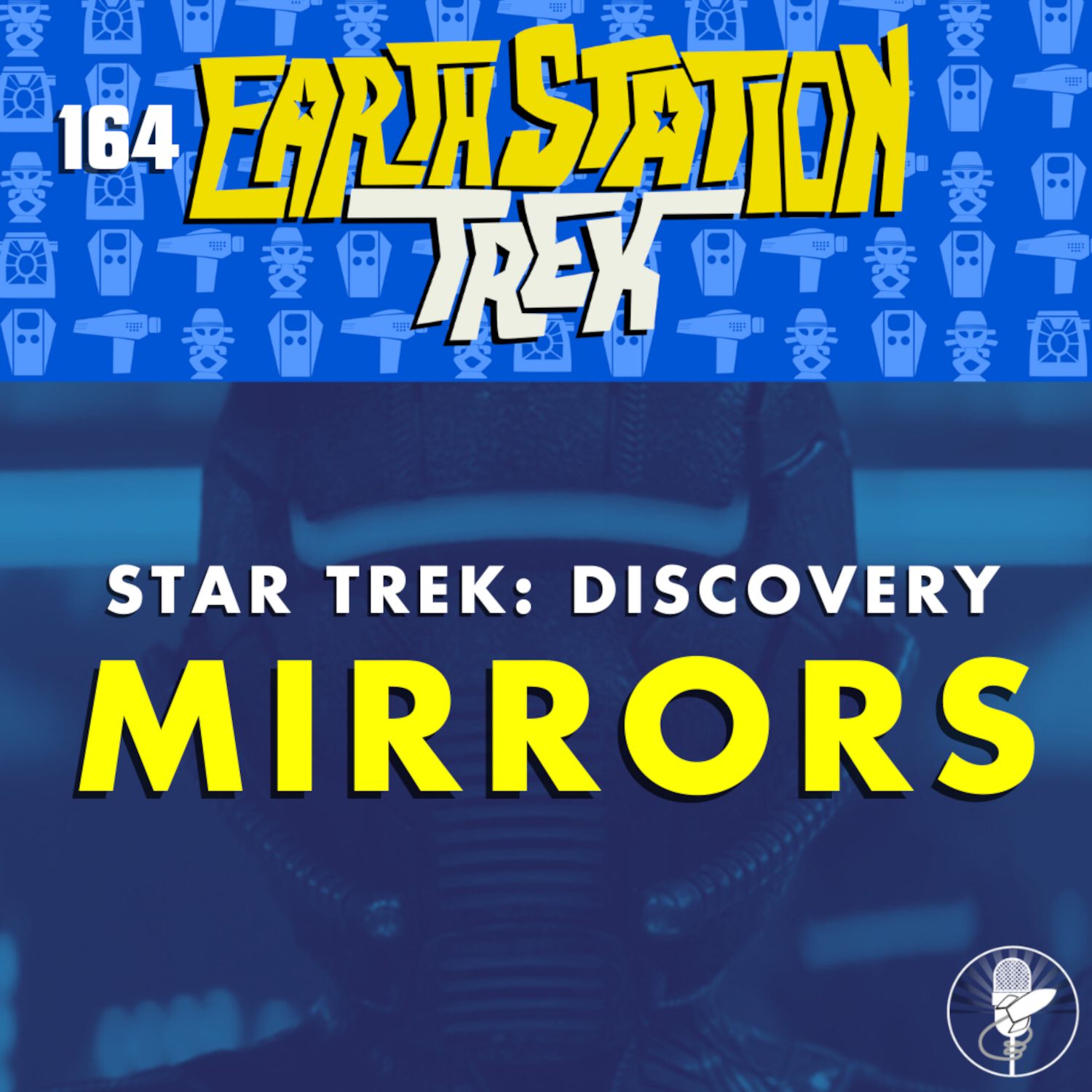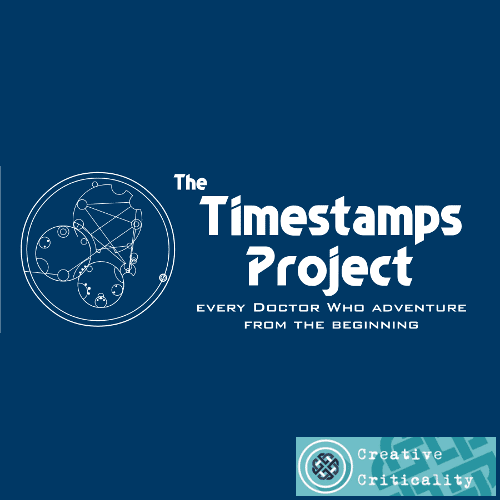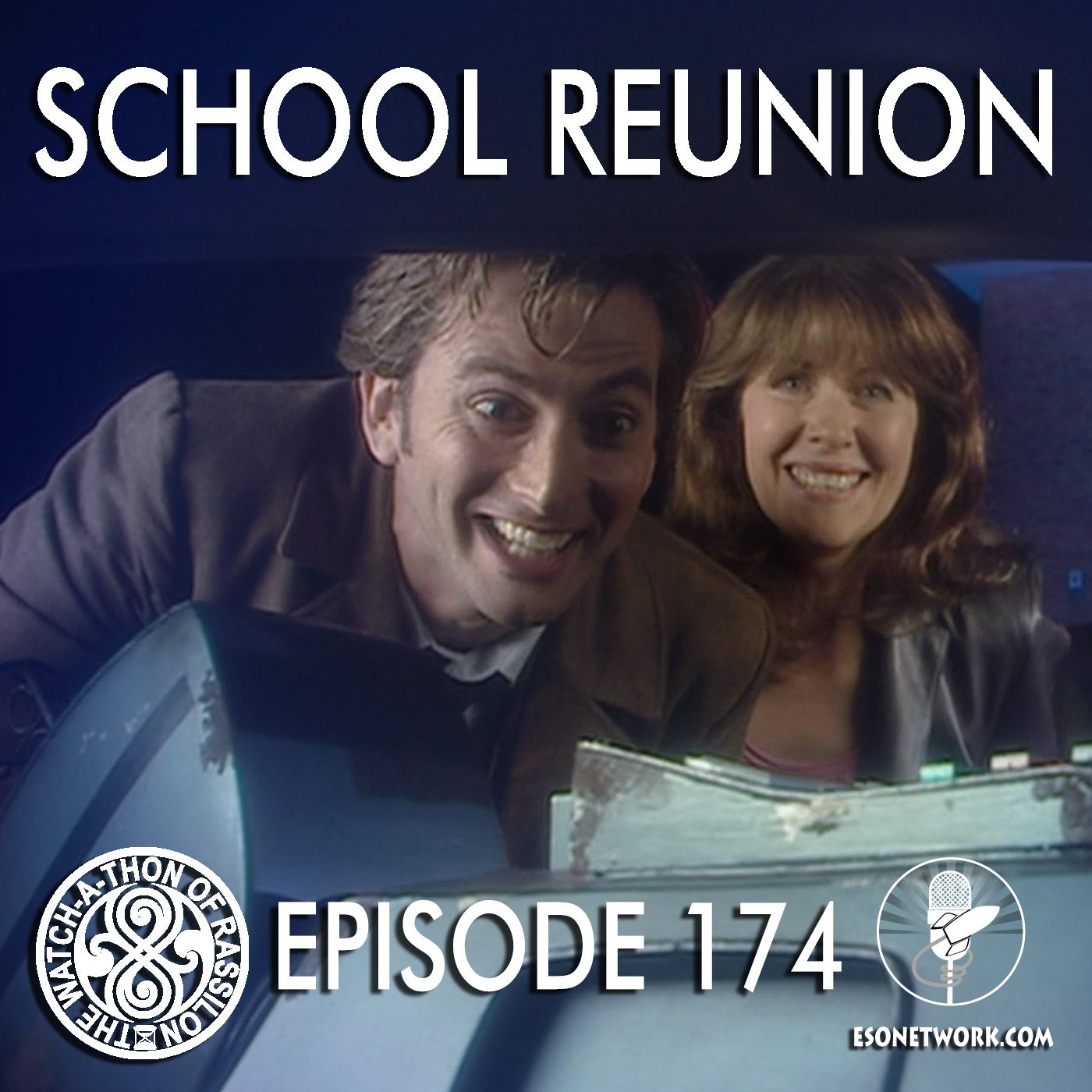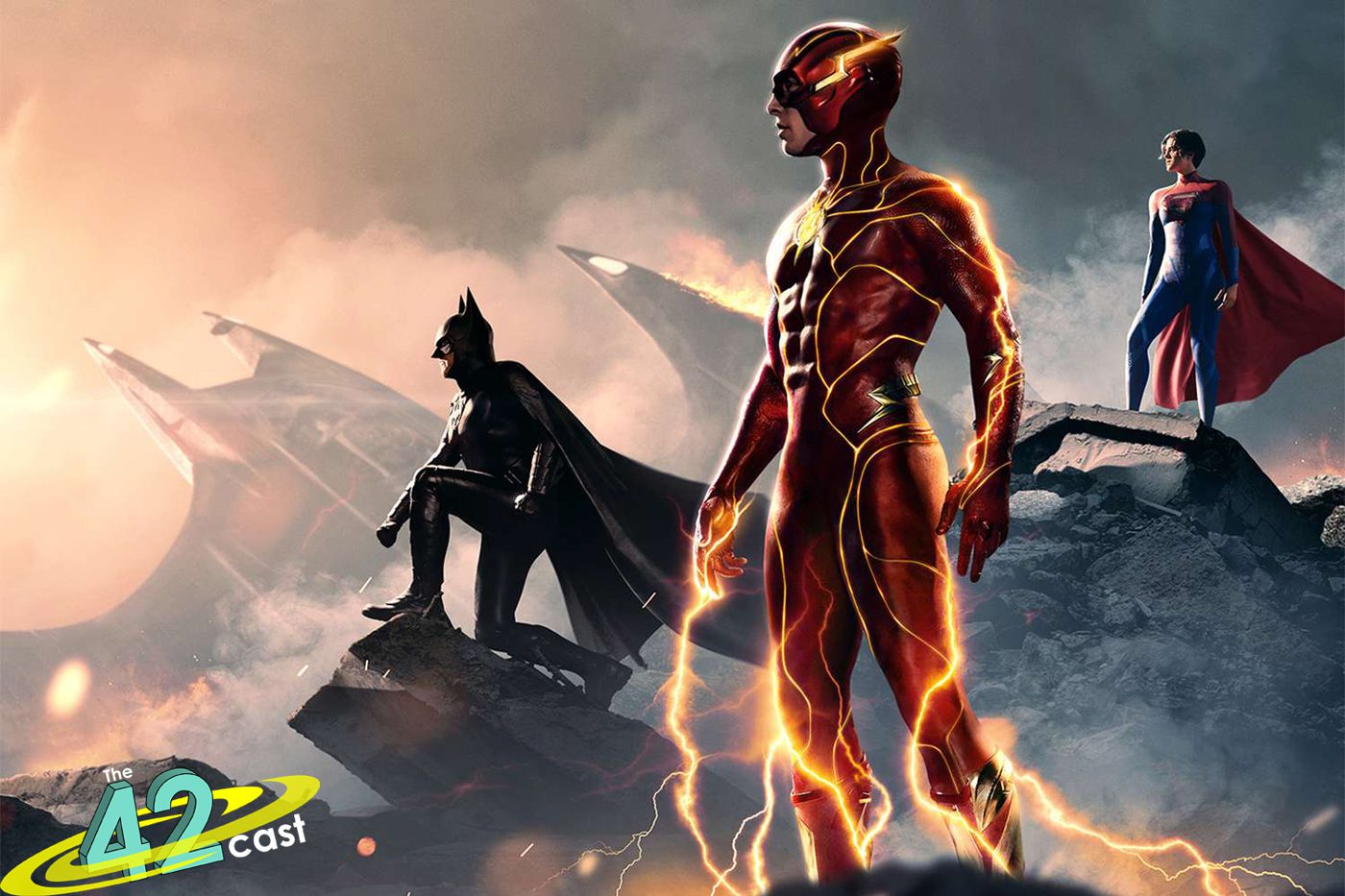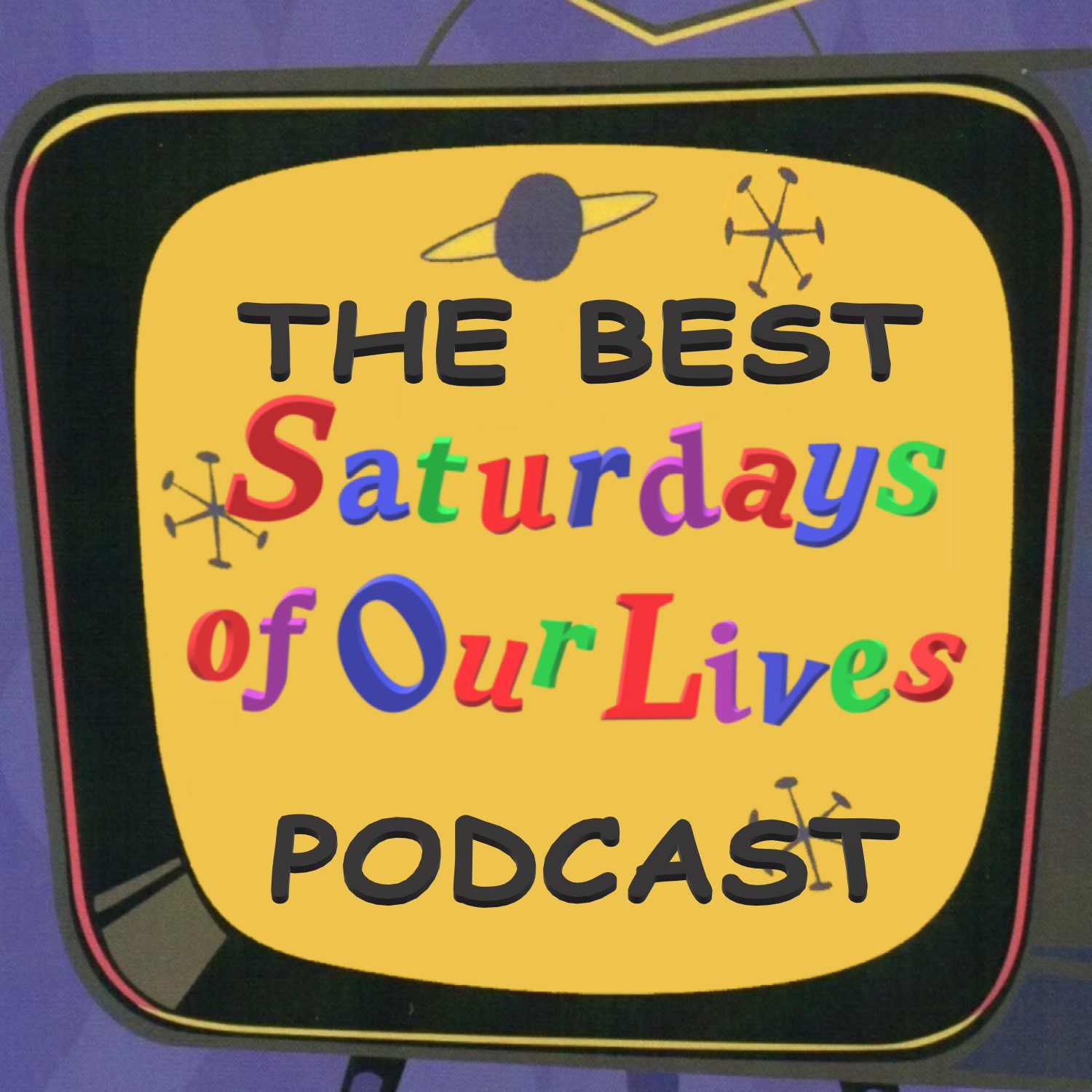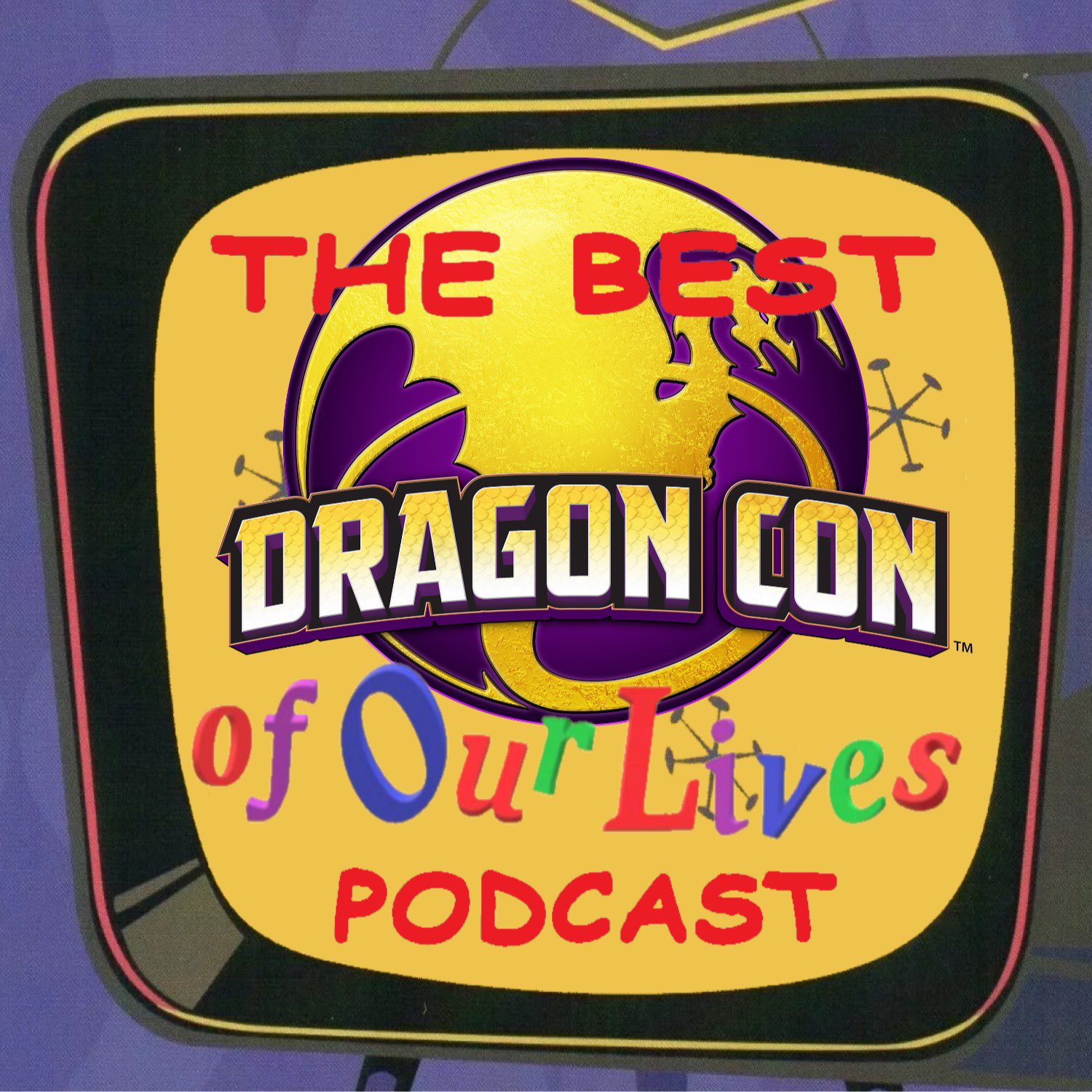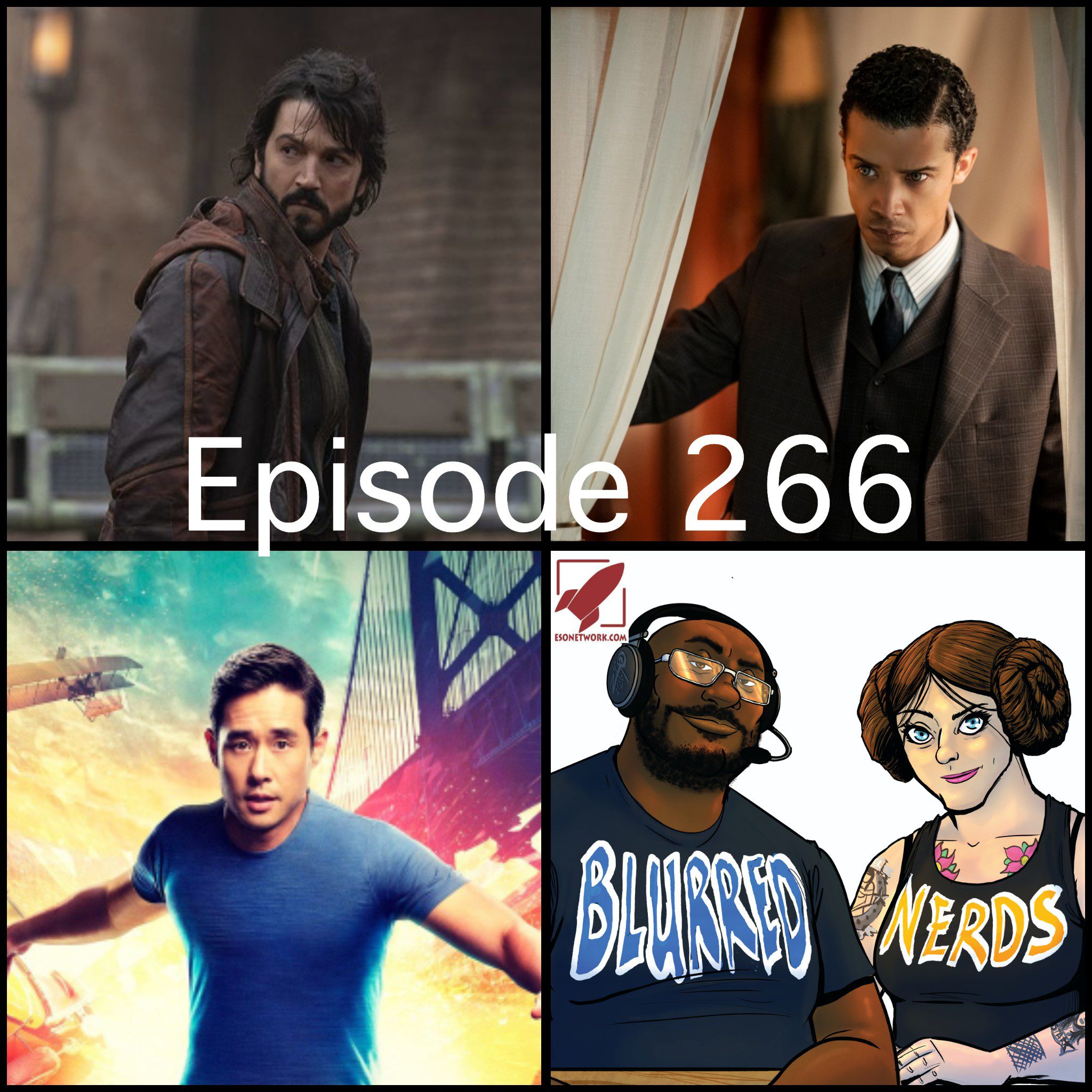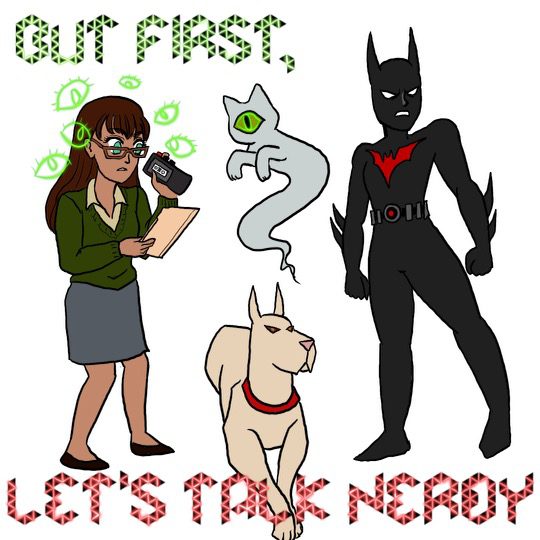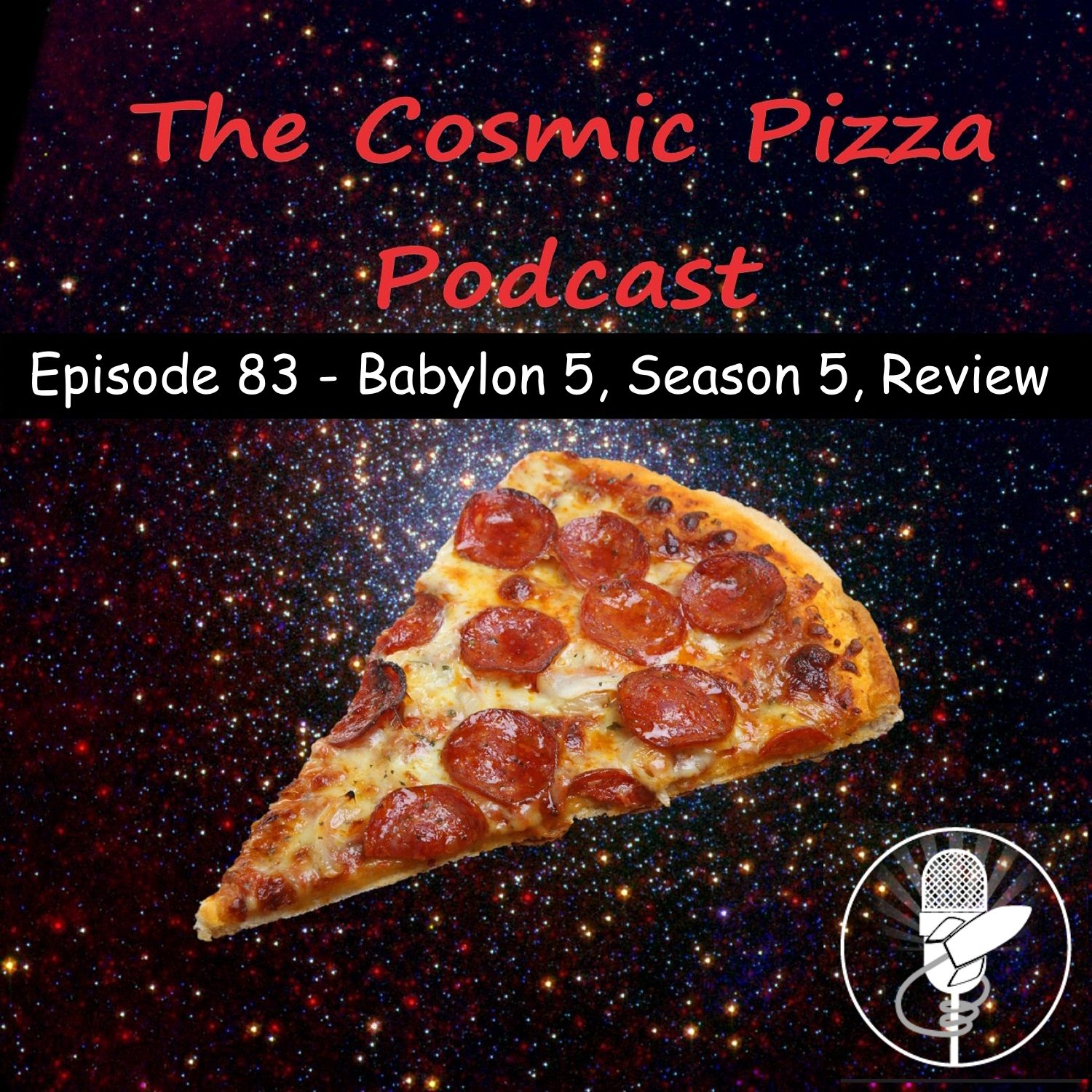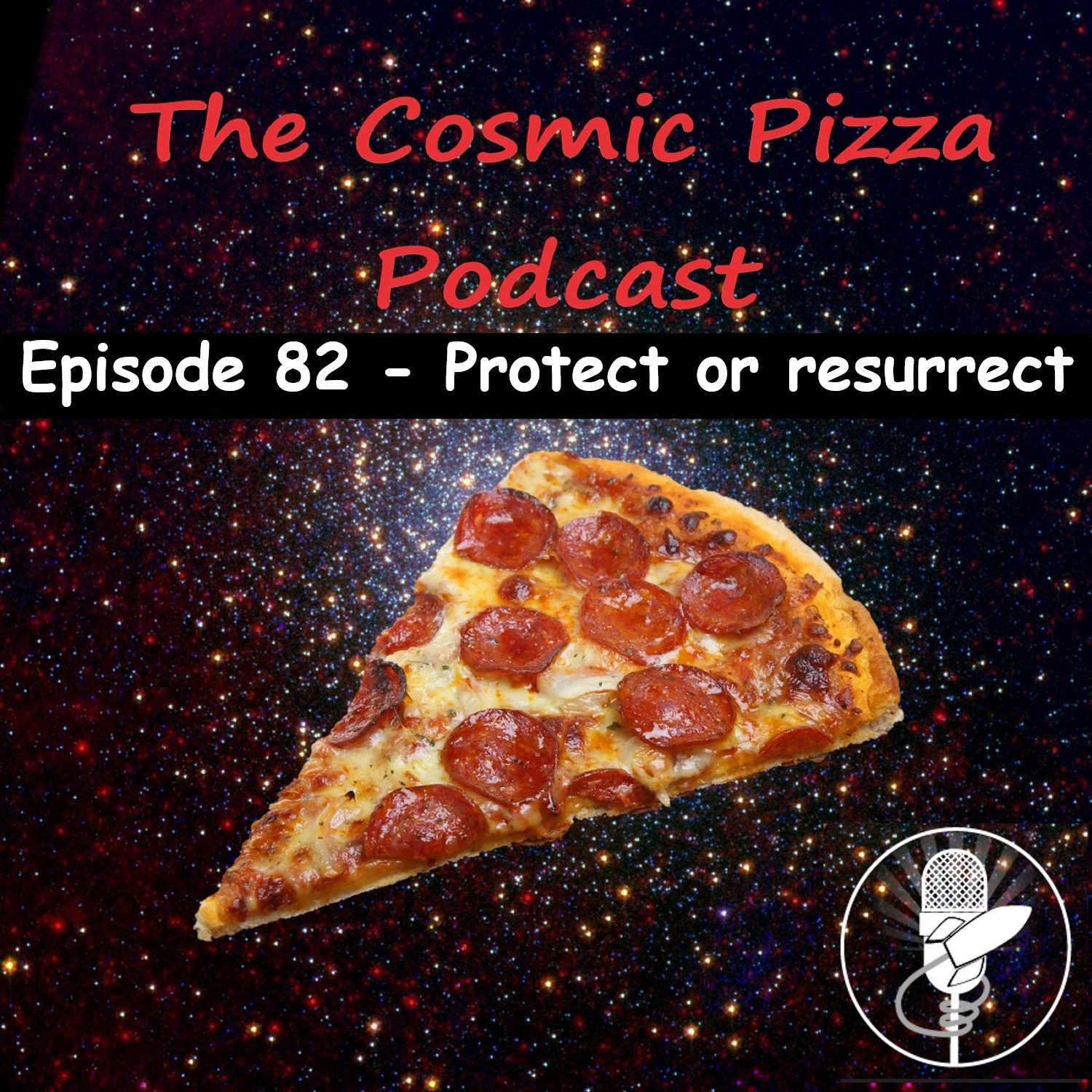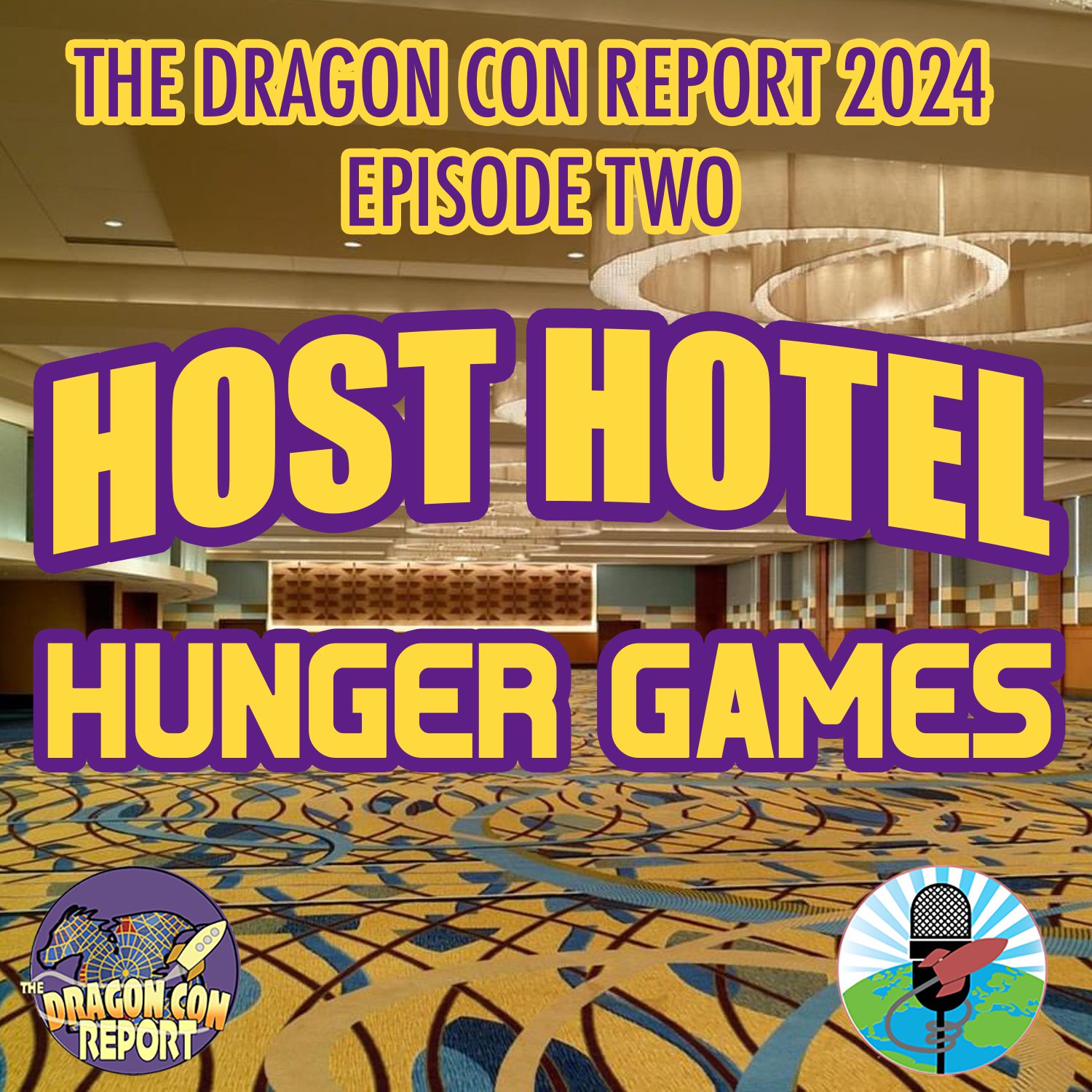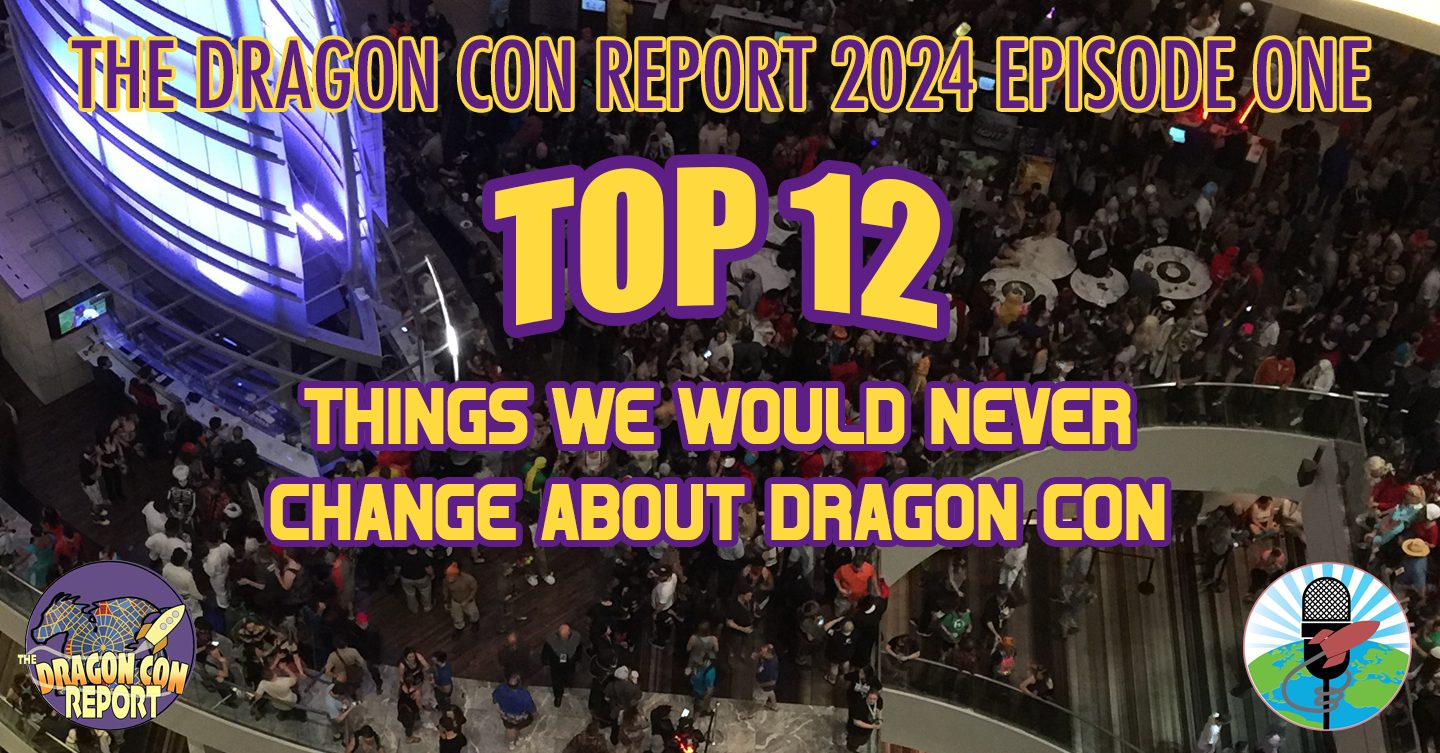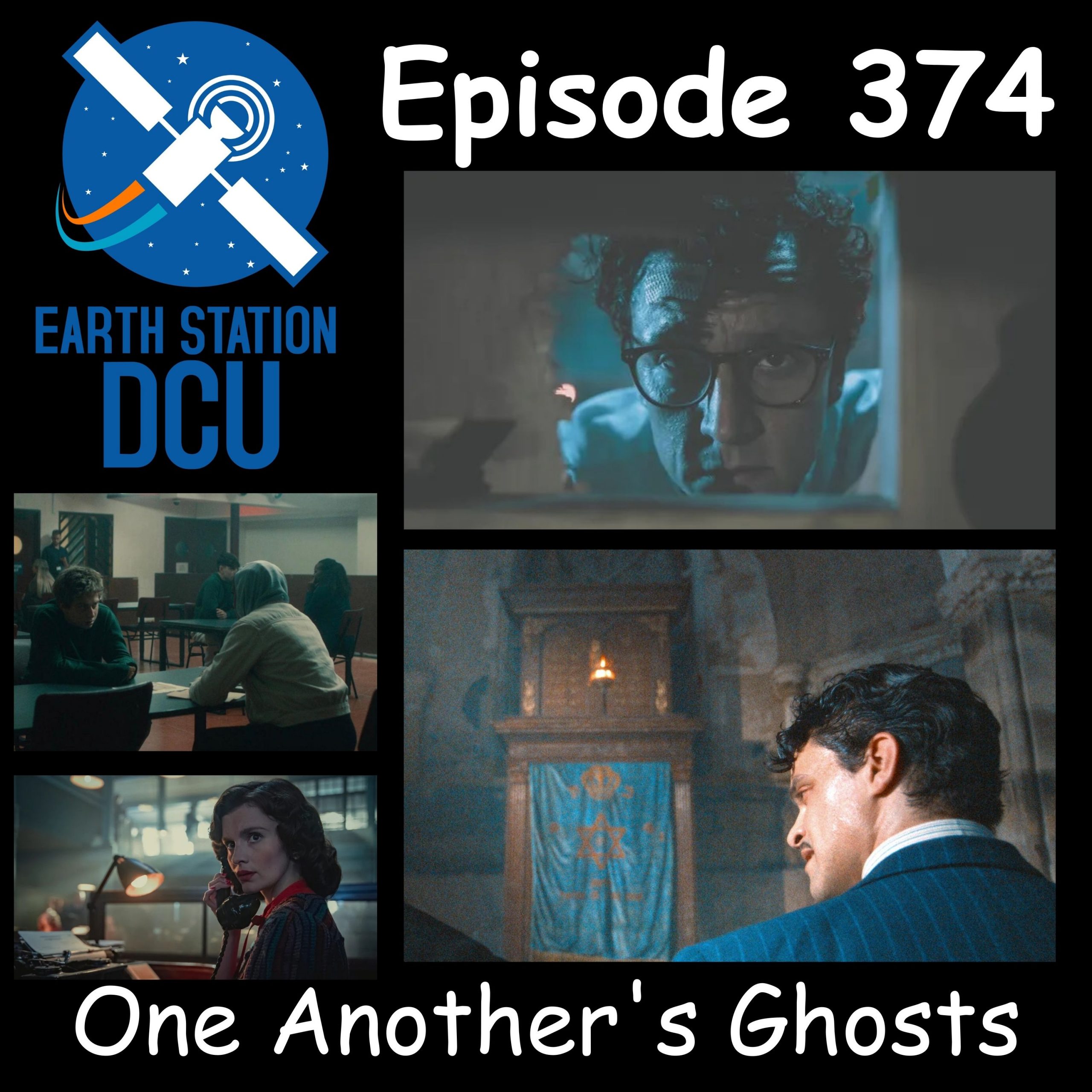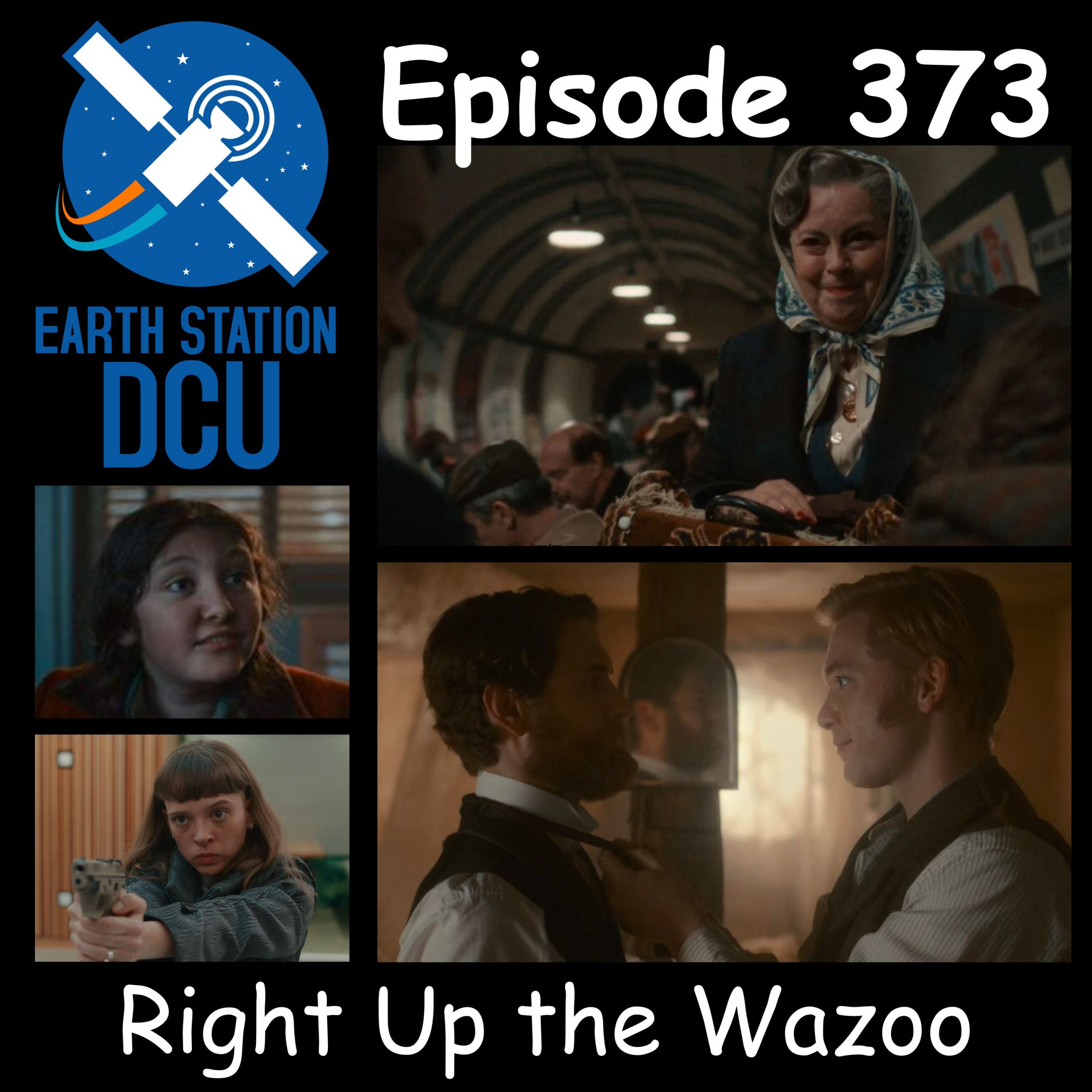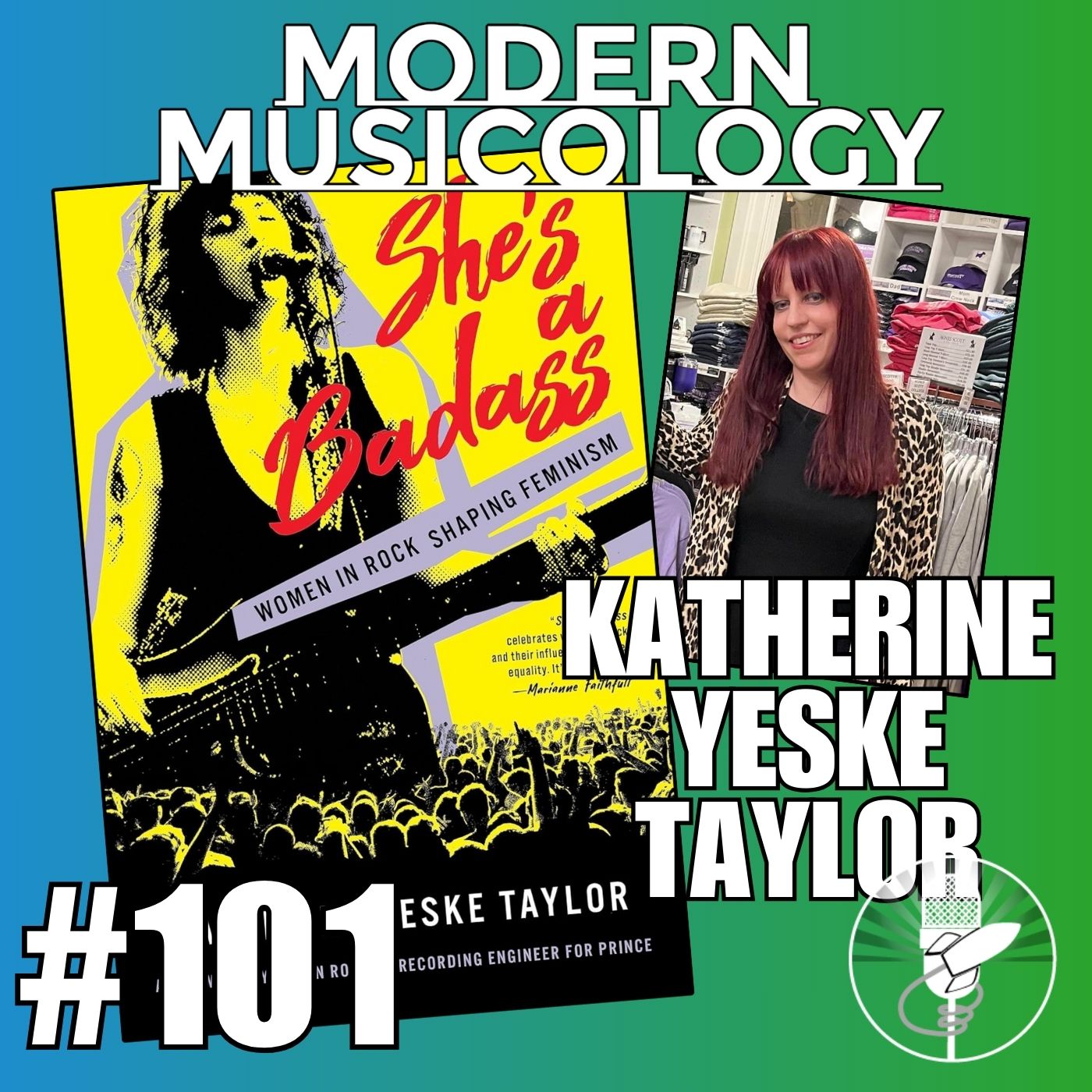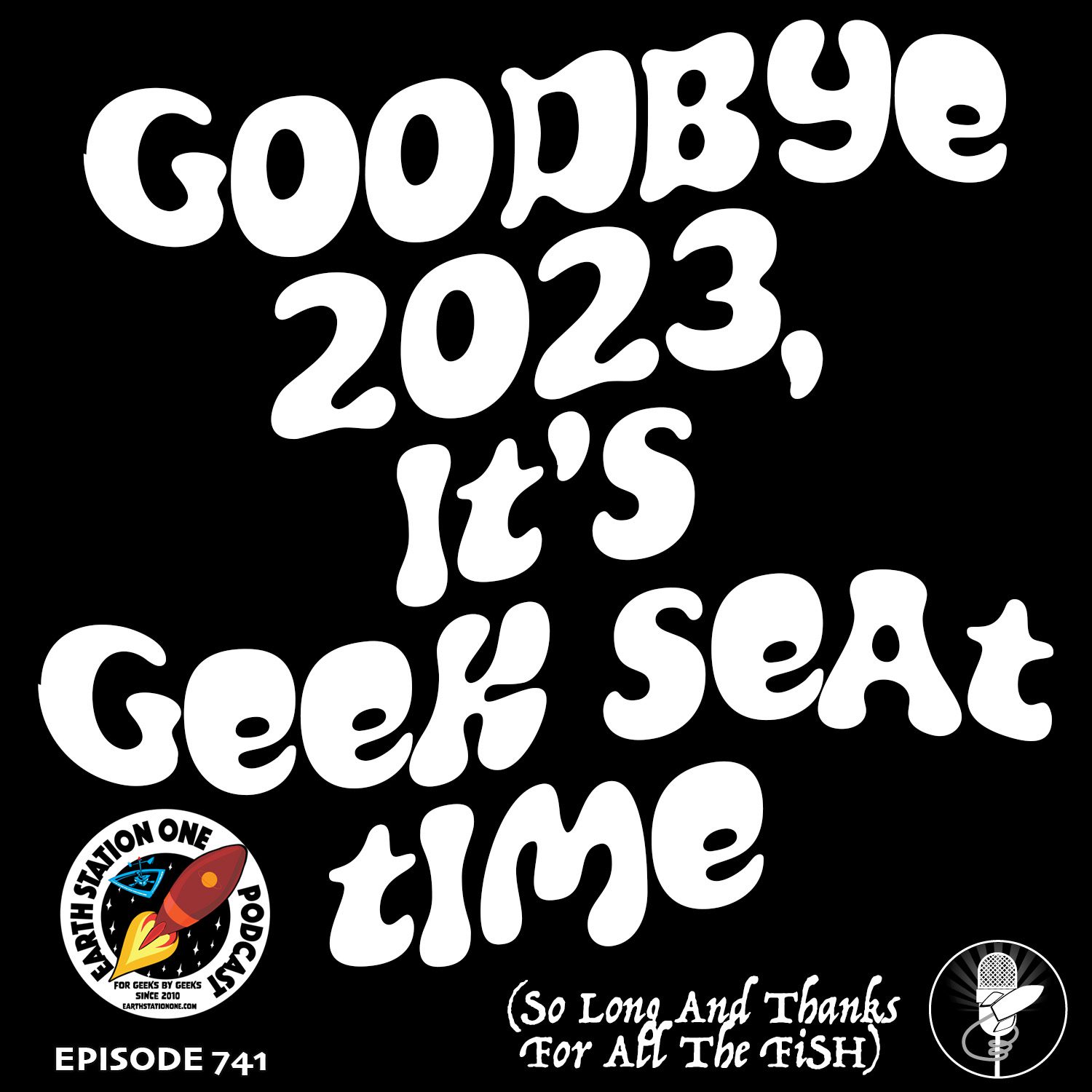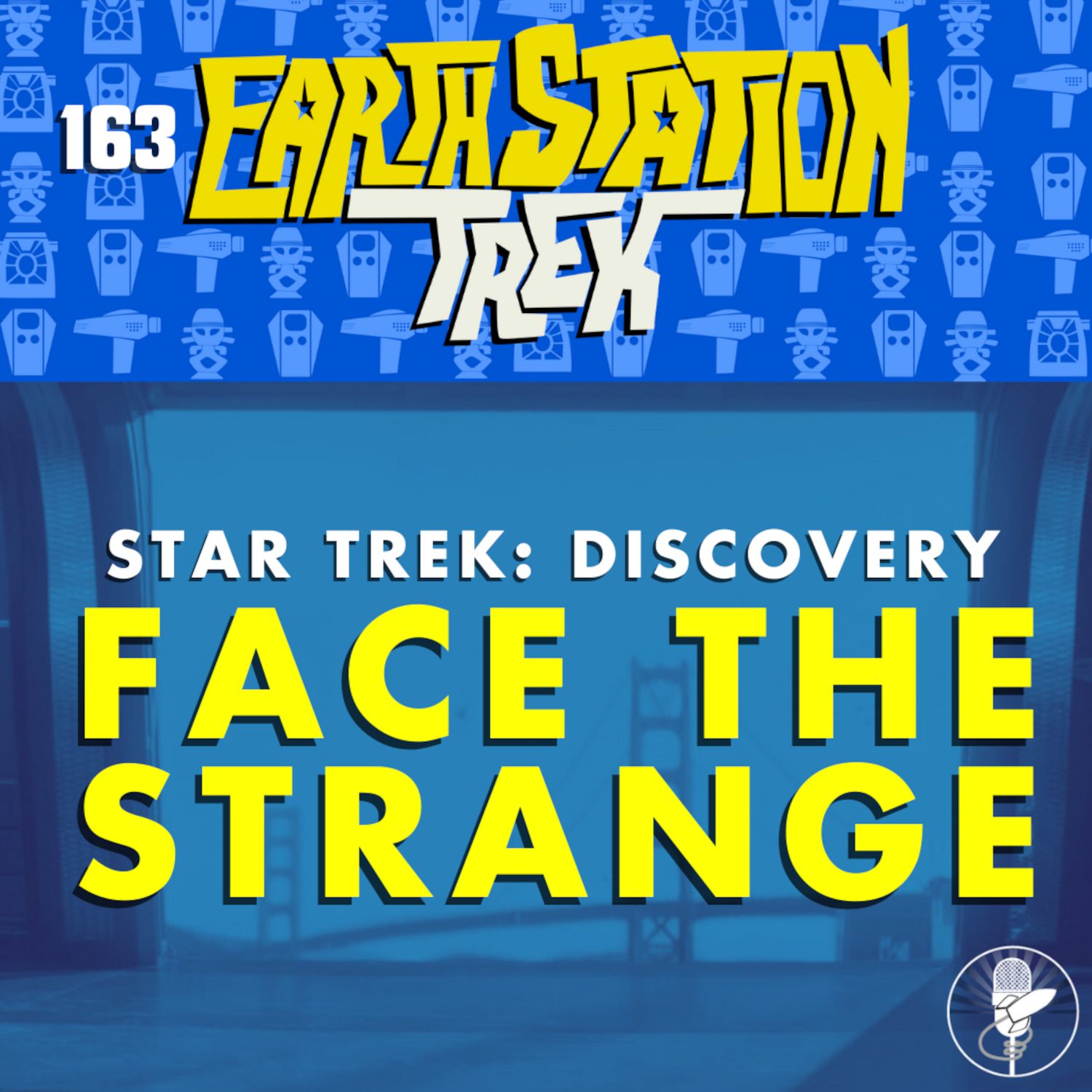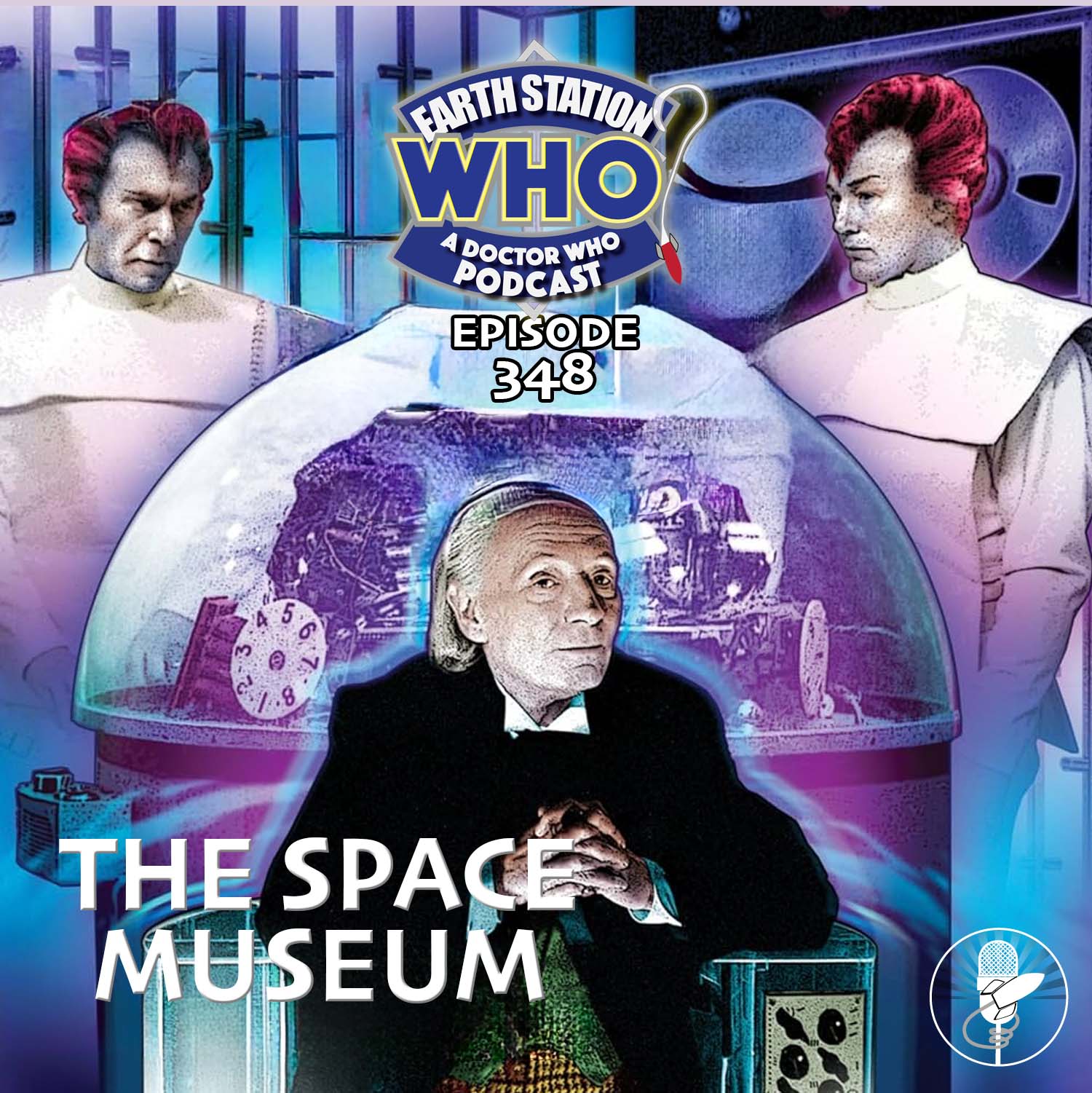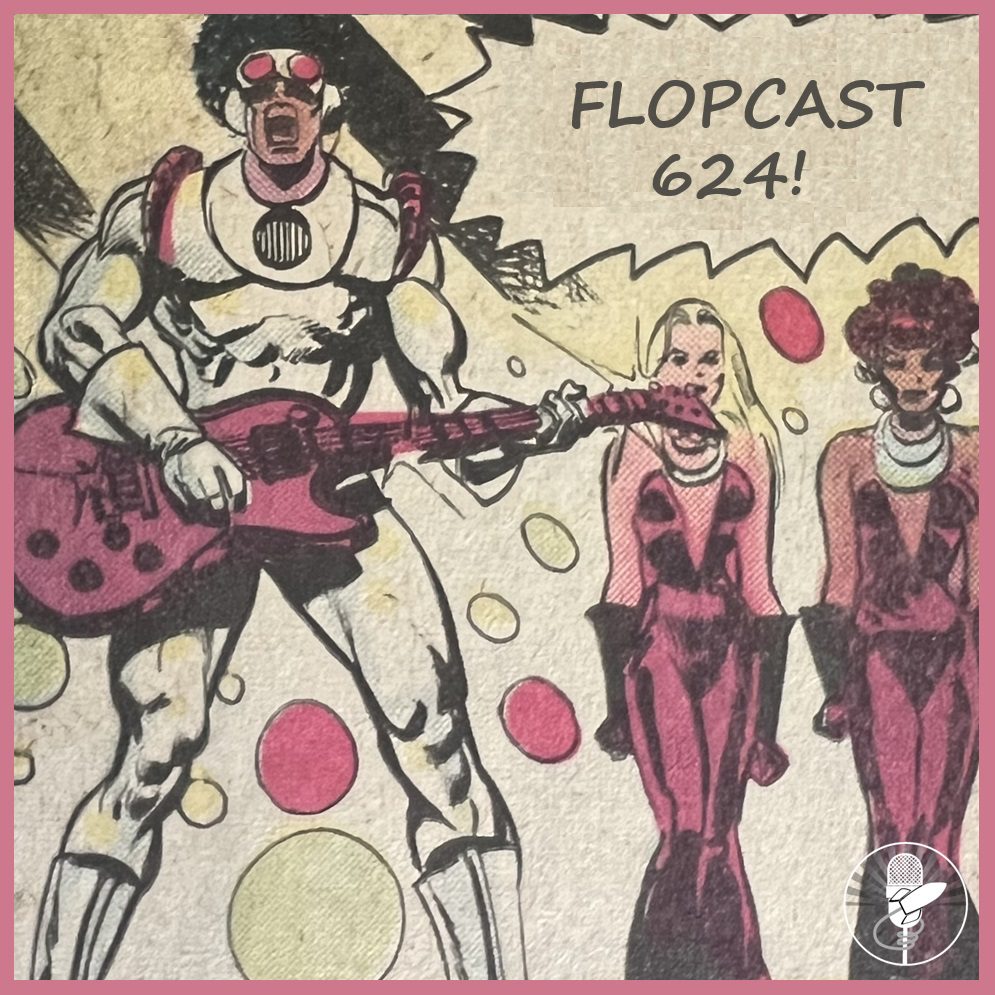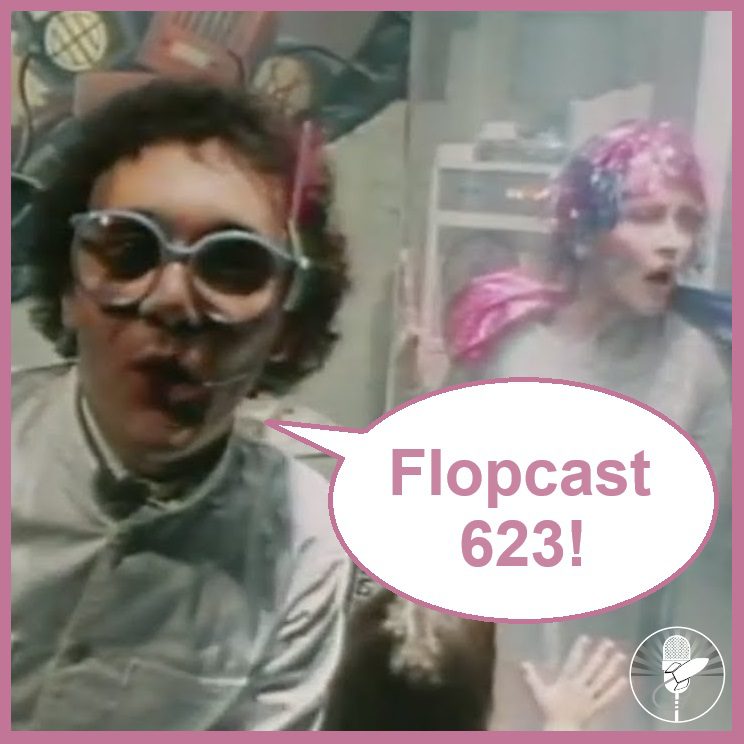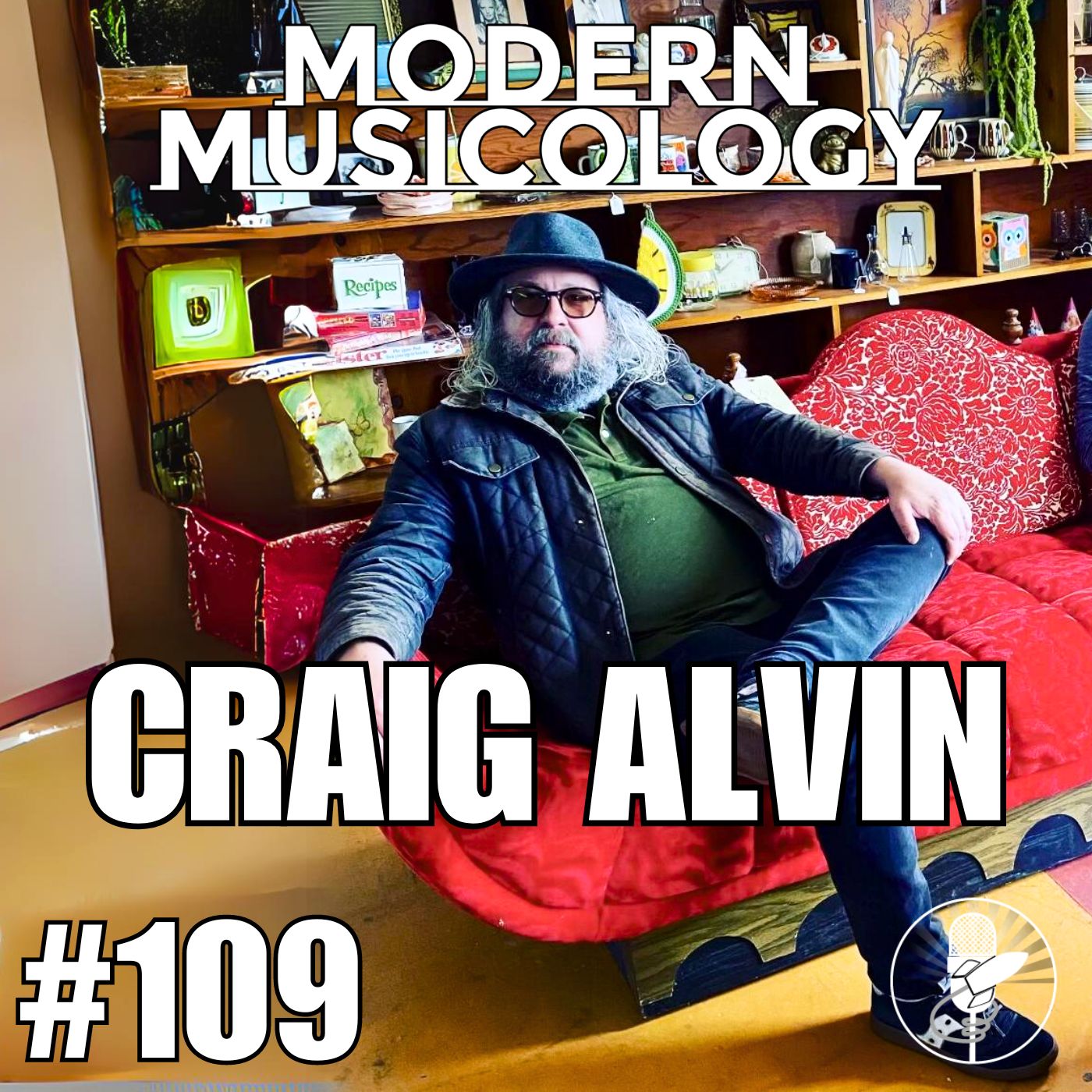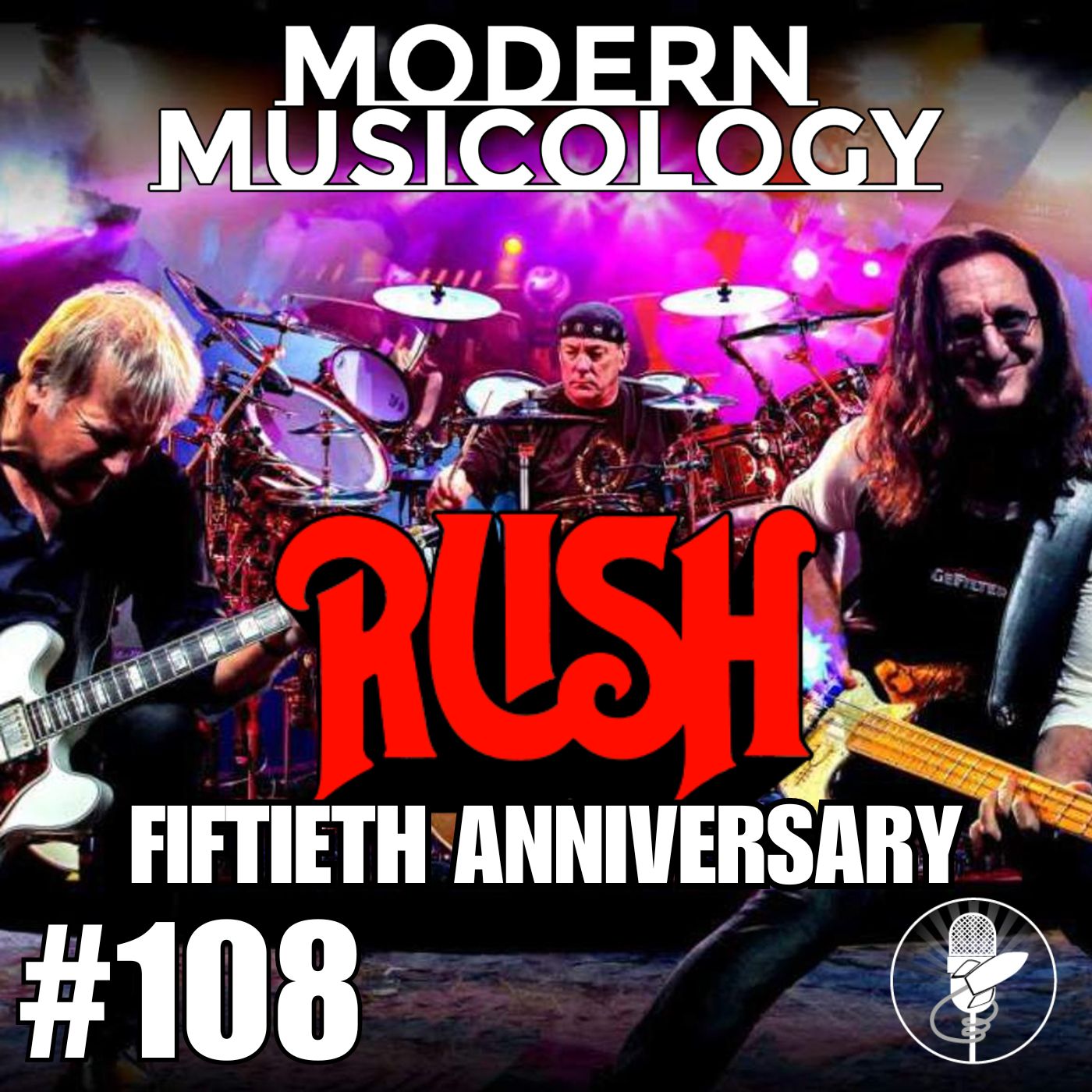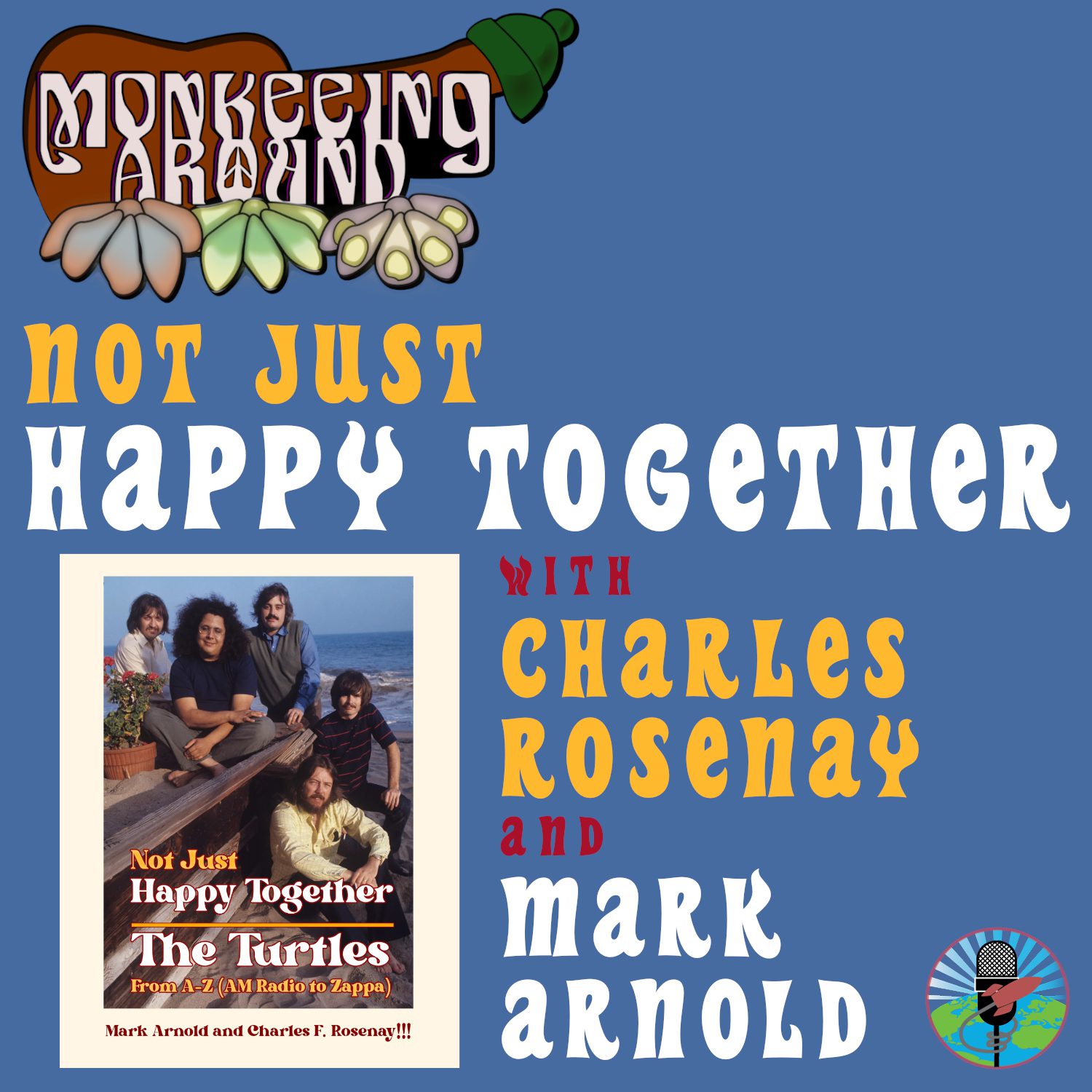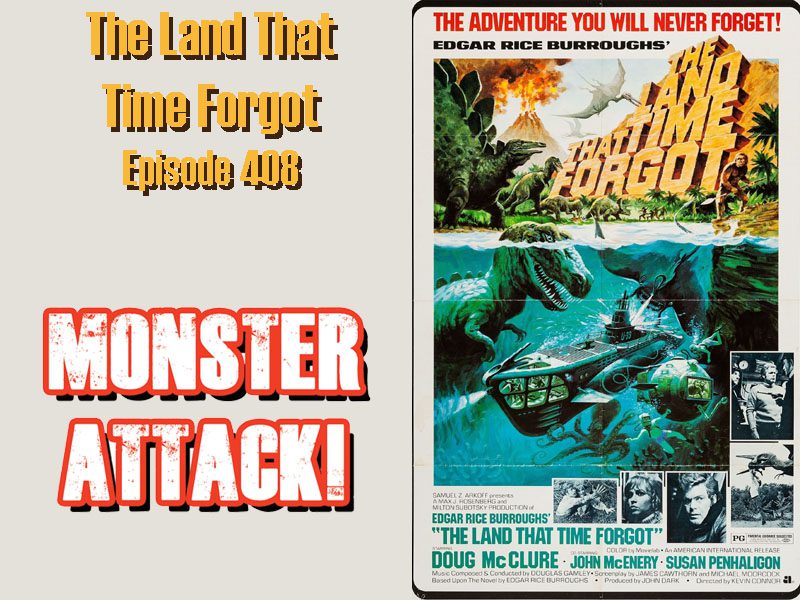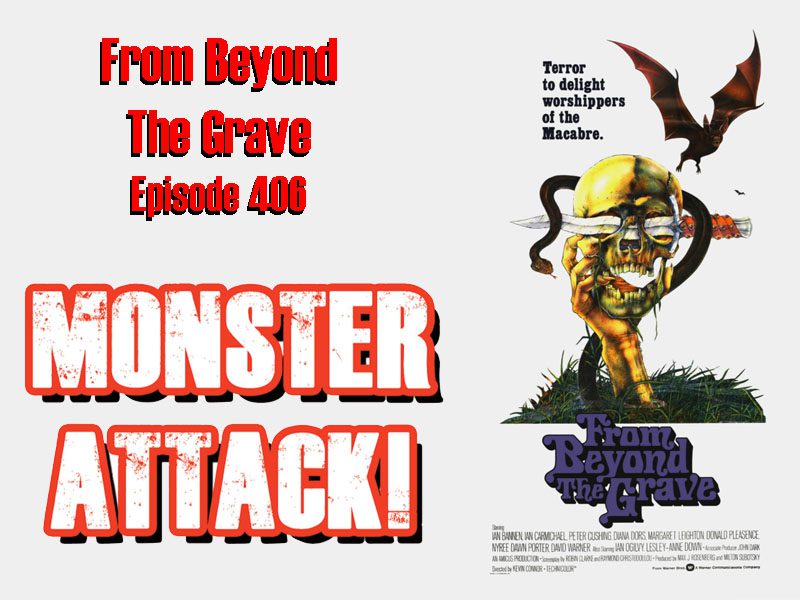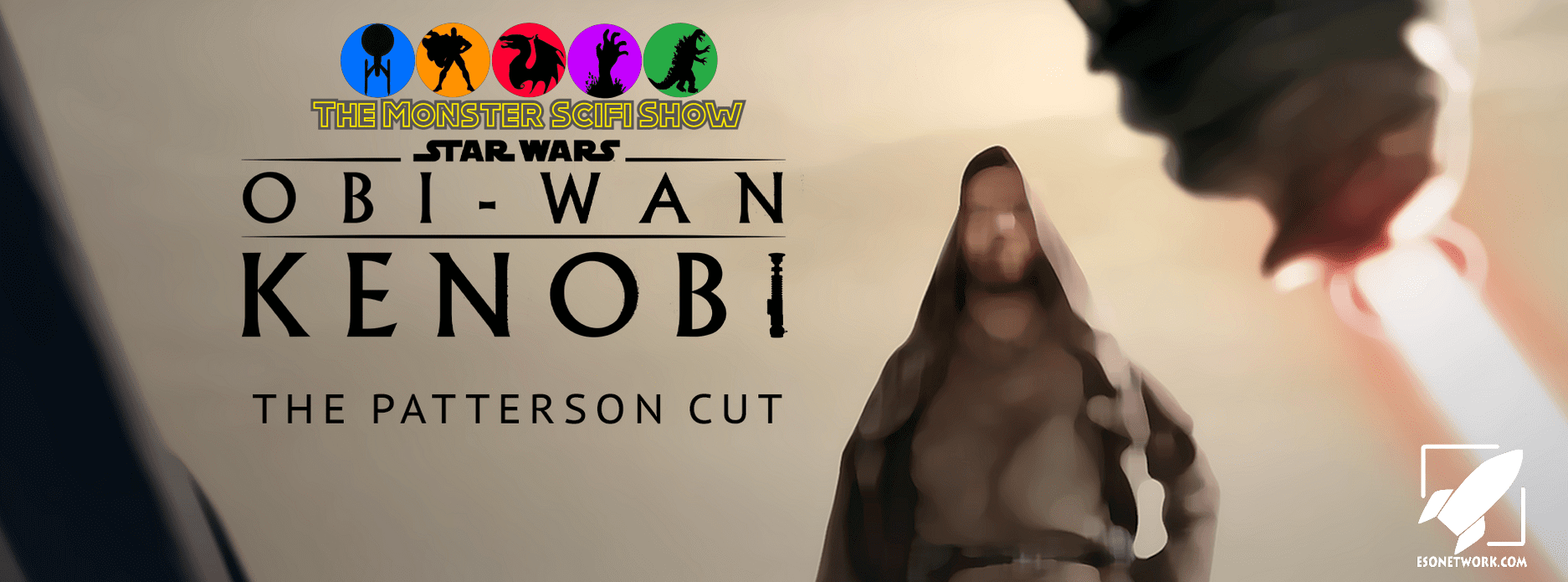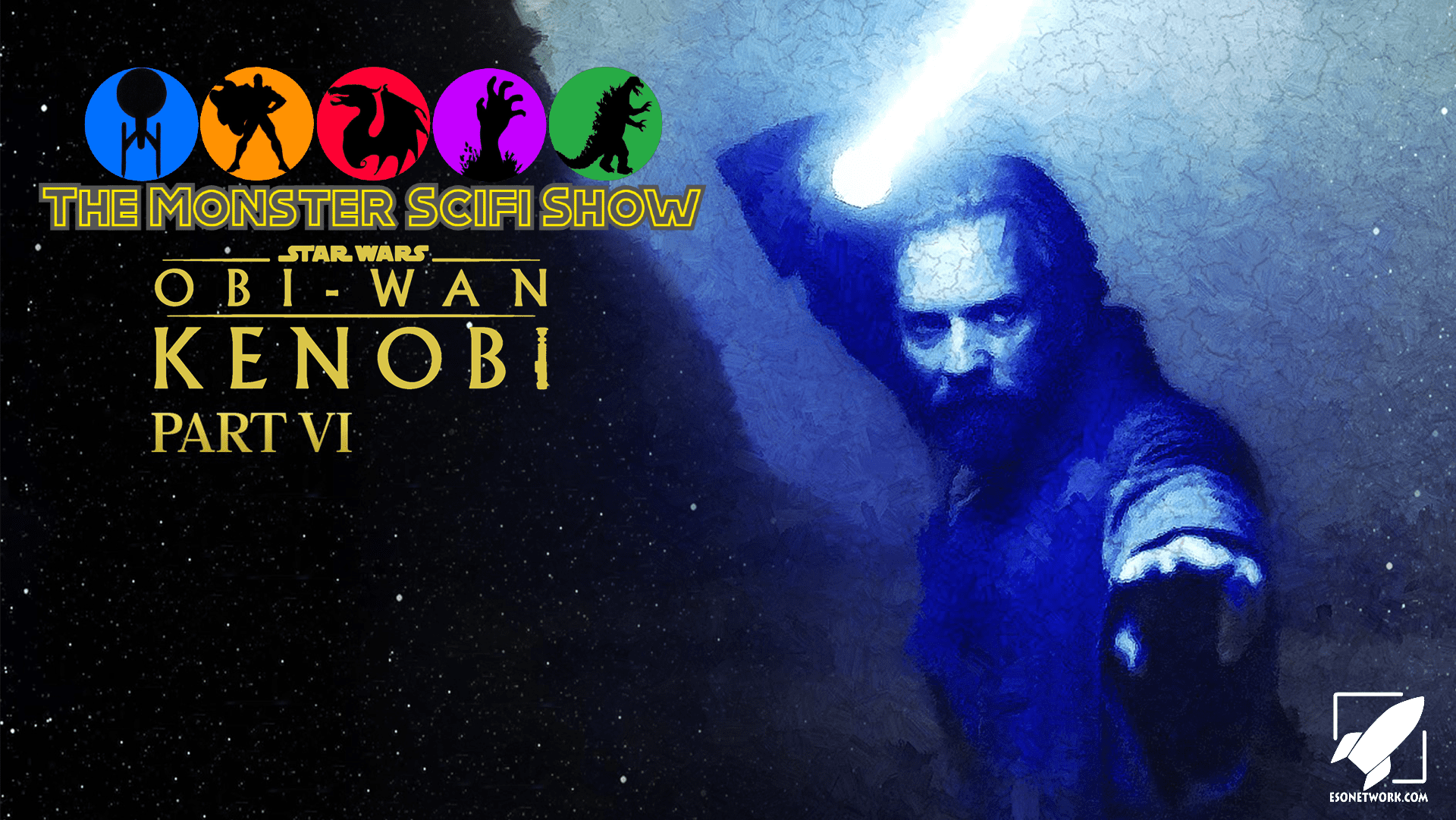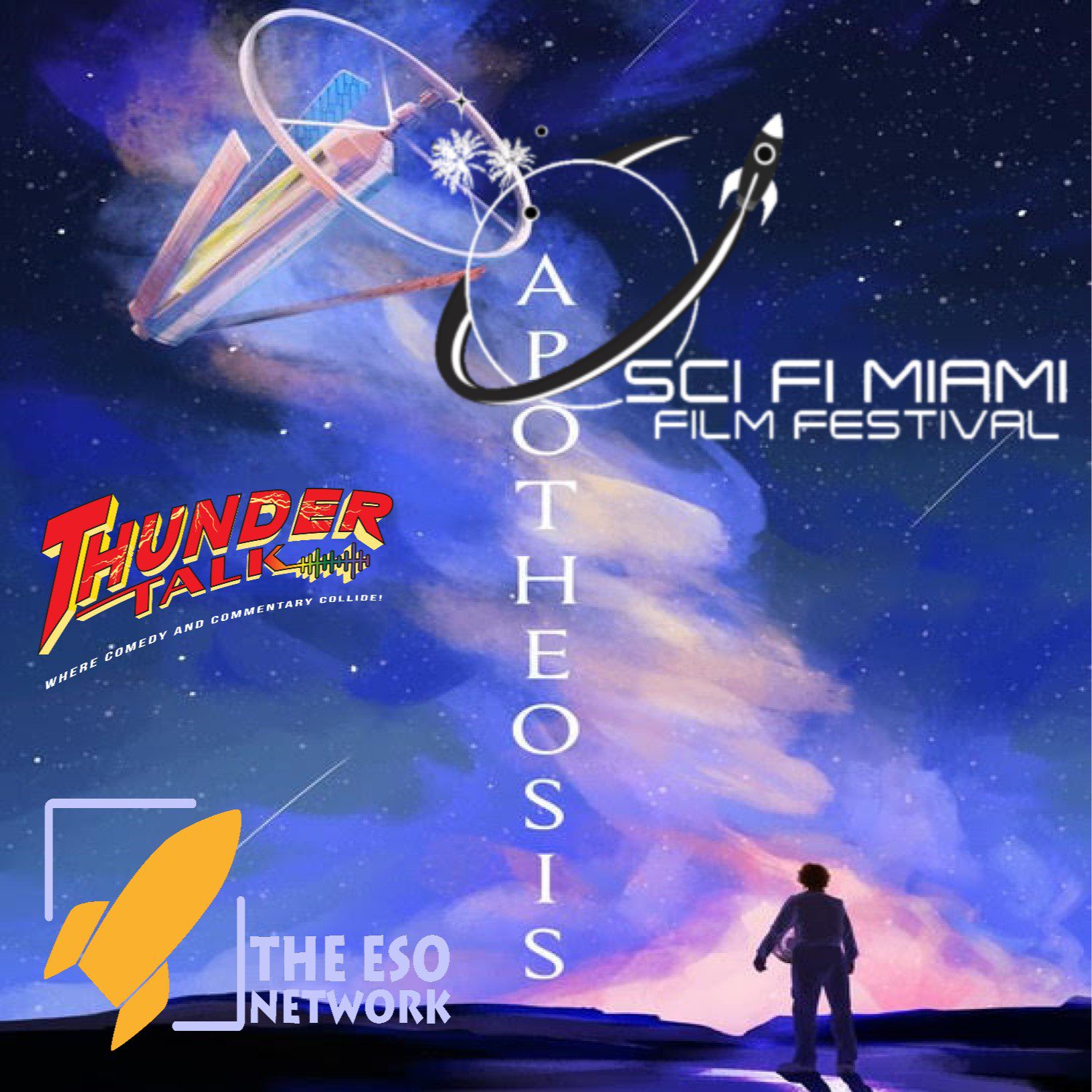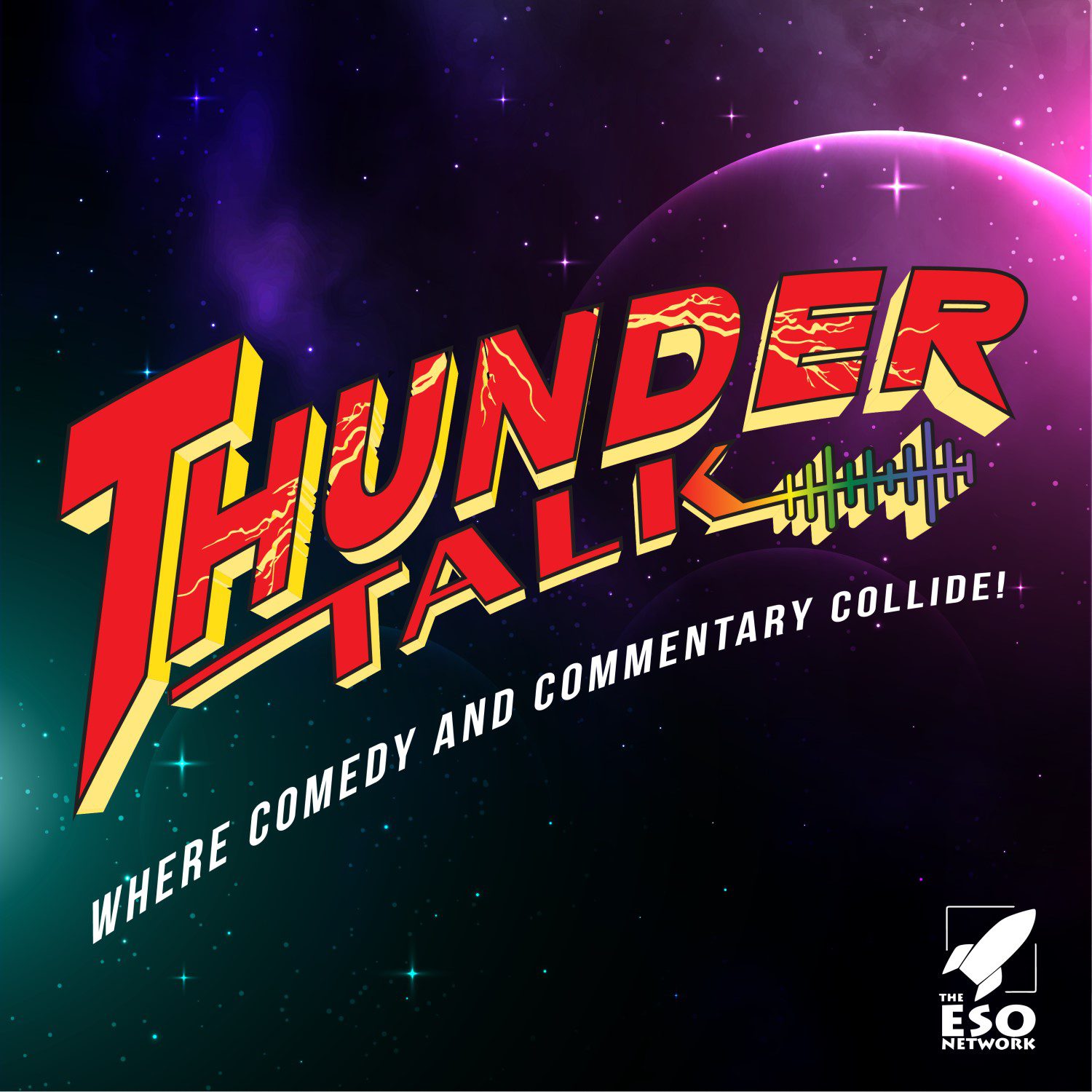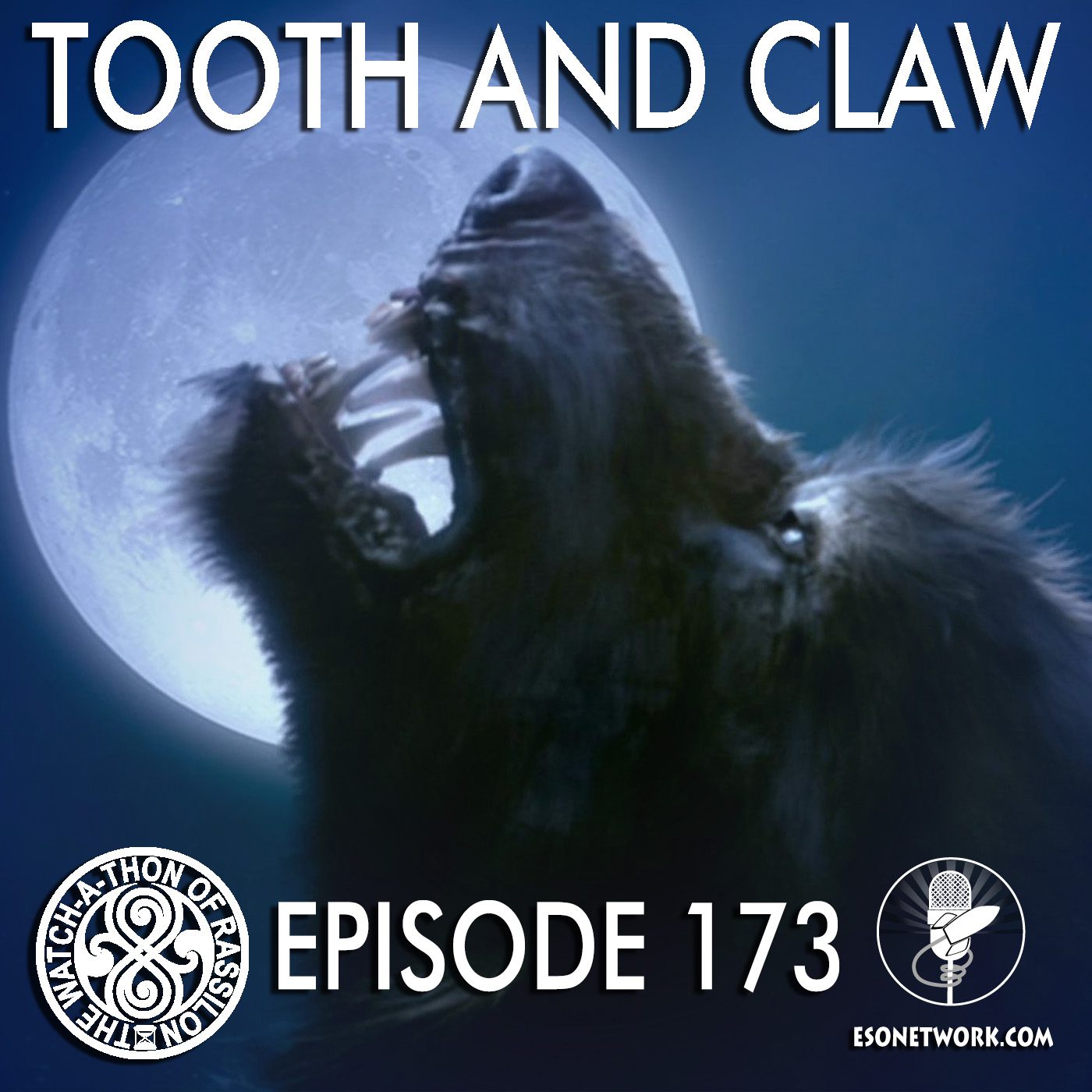 Blurb: Ian finds himself in a shrine to his own past, and on the run with a man named Pendolin.
Blurb: Ian finds himself in a shrine to his own past, and on the run with a man named Pendolin.
From Coal Hill School to Jobis Station, from Totter’s Yard to the Crusades, Ian’s history is unfolding.
And a confrontation with a deadly enemy with a voracious appetite awaits…
Review: For the most part, The Companion Chronicles have been tales that the companions have related about their time with the Doctor. There’s some variation. From time-to-time the stories have been presented “live”, without narration. It then becomes a play with a very small cast. The Time Museum is different. This is a story about Ian Chesterton fifty years or so after he stopped traveling with the Doctor, synchronizing him with William Russell who plays the part. It’s an effective device for increasing the drama of the story. With typical Companion Chronicles the audience is aware that the Doctor and his companions will survive. In a story told years later, anything could happen. It’s that extra element of danger from unexplored territory that makes this story so utterly engaging, and it’s a shame that more Companion Chronicles weren’t done in this style. Very briefly, Ian gets to have a story devoted just to him, something that only Sarah Jane has really experienced before.
Yet, despite all its uniqueness, The Time Museum does satisfy the mandate of The Companion Chronicles. It’s a story about Ian Chesterton. In fact, with the technology of the time museum Ian’s life is part of a display, a display which he explains and elaborates on as the story progresses. It’s also a Doctor Who story, because the Doctor, although absent, is very much a part of the story. Ian muses on the effect that he and Barbara had on the Doctor’s life and in turn the effect that the Doctor had on him personally. The turnabout at the end, where Ian realizes what he’s learned from the Doctor and how much he’s changed as a person just from knowing the man is one of the great moments of any Doctor Who story ever. It makes for a powerful end to the story and a nice coda to Ian’s time in the TARDIS.
The concept of the story is an interesting one, although it makes time travel a little pedestrian. The time museum is a place devoted to recreating the exciting lives of time travelers. They have everything from Sontarans and Rutans to Eternals to Nekistani to Ian Chesterton. Pendolin, the curator of the museum, always wanted the Doctor, but the Doctor is a moving target that’s hard to hit with their time scoop. The museum physically manifests the memories of the beings on display, turning them into interactive exhibits that are supposed to be “faithful recreations”, but are only as accurate as the memories of those being used. It’s an interesting concept, and one can imagine just how exciting it would be to view a museum in this fashion, being far better than television and likely far more educational than statues and plaques. The only real issue is that it makes time travel a pretty mundane thing. Not only did Pendolin need to have access to a time scoop, but the patrons also need time travel technology to enter the “complex space-time event” that is the museum. The classic was occasionally guilty of this kind of thing, but when time travel is overused it tends to make it feel commonplace rather than the exciting adventure that Doctor Who should be. Thankfully, few details are given about the setup, and there are a lot of unknowns about the museum, so it doesn’t hurt the overall Doctor Who universe too much.
There are also whispering wraiths stalking the hallways of the museum. They’re the remnants of creatures that have had all of their memories stolen. All that they want now is to have memories again, which they will obtain by stealing them from others. While it’s just a variation on the zombie type of creature, the monsters here are conveyed mostly through chilling whispers and the effect that they have on Ian and Pendolin. It gives them an eerie presence as Ian and Pendolin becomes confused and narrowly escape the monsters before they can suck their memories dry. Yet, the number of near misses leaves the question in the listeners mind if their luck can hold out forever.
The main storyline of Ian trying to get back home while running from these creatures is such a nice nod to the classic series. Pendolin even mentions that it’s classic Ian Chesterton: a man who was always being taken to interesting places, but who only cared about going home. The nature of the museum allows for a nostalgic trip down memory lane as the vast majority of Ian’s adventures on screen and in Big Finish are exhibits within the museum, but there’s a catch. Ian is having his memories drained away and as that happens, the exhibits change. Ian’s memories become a tangled jumble as An Unearthly Child merges with Marco Polo to create the Cave of Five Hundred Skulls. Ian believes that Emperor Nero burned the farmhouse where they were hiding in The Reign of Terror. Planet of Giants and The Web Planet are merged with some events from The Crusades pulled in as Ian remembers giant ants about to eat him when he was covered with honey. All of this confused recounting is great fun for fans of the first two seasons of Doctor Who who can play “name that adventure”, but it also creates a sense of danger. Ian’s memories are being compromised making them more dangerous than they would be as straight reproductions of the stories that they represent. They also make sure that even those familiar with these stories are surprised with the mashups and continues to add to that sense of tension and uncertainty of how Ian will fair.
The production on this one is solid. William Russell is still at the height of his powers. He plays Ian’s confusion with conviction, helping to undermine the listener’s faith in the character as he becomes vulnerable. Yet, when he has clarity, he’s still the same thoughtful man of action that he was on TV, despite the difference in years. His performance in the climax may give you goosebumps as he not only weaves a memorable tale that may help you to see a scene from very early in Doctor Who history in a new light, but also shows the cunning and conviction of this legend of modern mythology. Russell shows Ian’s steely determination, and it is perhaps one of his best performances ever. Philip Pope rounds out the voice cast as Pendolin. Pendolin has the trappings of a showman, touting the wonders of the museum even as he and Ian are trying to escape, but he’s also the cowardly curator of the museum. Pope gives Pendolin that sort of fussy, apologetic side that people in subservient roles tend to have, but he also has an ego and cunning that come out from time to time. Pope makes Pendolin creepy at times with the man caring more about the lost exhibits in his museum instead of the lost lives as those exhibits died. He can also be conceited and demeaning to others and Pope does a great job of conveying that smugness through his voice.
The soundscape is fantastic. There isn’t a huge amount of music, but what is there sounds like music from the Hartnell era as if it had been performed in the 80’s. The instrumentation seems a little more polished than what was available in the 60’s. The museum allows for a lot of sounds. The memory wraiths’ whispers have already been mentioned. But there are the sounds of the ocean, horses, giant ants, the static hum of the timescoop, a rockslide, the TARDIS, matches striking, the babble of students in a hallway. There’s a glut of sounds that all work incredibly well both for nostalgia and because they help to create the reality that the story is taking place in.
Recommendation: It’s a love letter to fans of the first two seasons of Doctor Who. The Time Museum is a walk down memory lane as Ian, one of the first companions of the Doctor, walks through manifestations of his own memories as they’re being compromised. It’s a tense and exciting journey that is as exciting for a fan well-steeped in the lore of Doctor Who and those who aren’t very familiar with the sixties stories. Even better, new insights are given on Ian and the Doctor. It’s all garnished with top notch performances by William Russell, Philip Pope, and the sound crew. I strongly recommend listening to this one.
9/10
2012
Audio Drama
Big Finish Productions
Directed by Lisa Bowerman
Produced by David Richardson
Written by James Goss
Runtime Approx 60 min.








